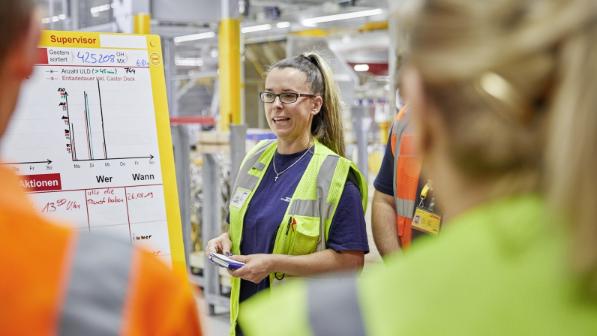
Why go looking for the latest logistics stories and insights when you can have them delivered right to you?
Published: August 2021

Why go looking for the latest logistics stories and insights when you can have them delivered right to you?
Published: August 2021